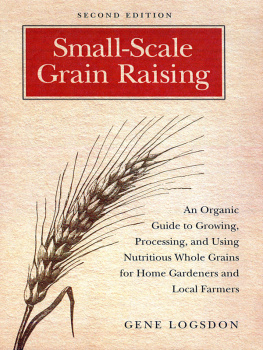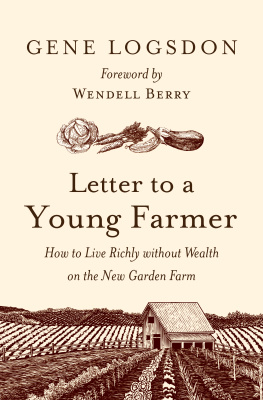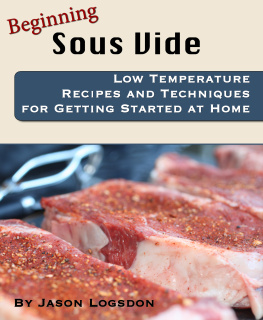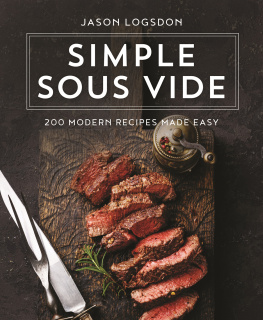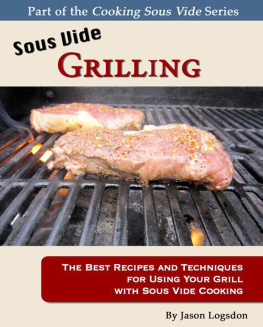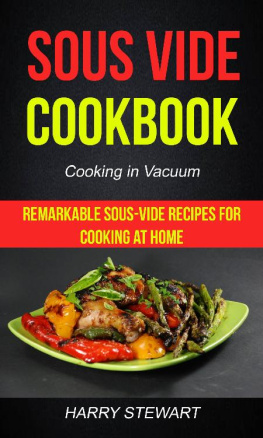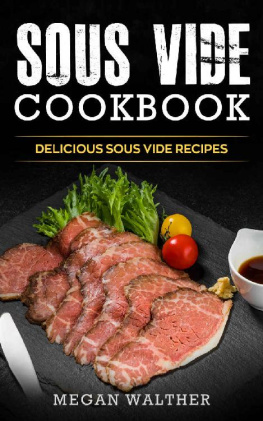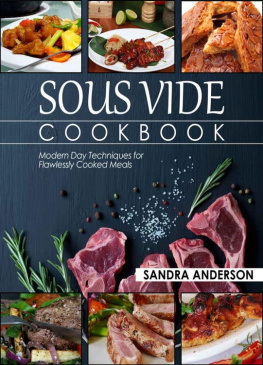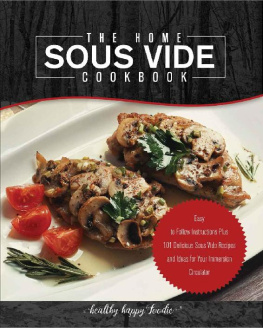Welcome to Healthy Sous Vide
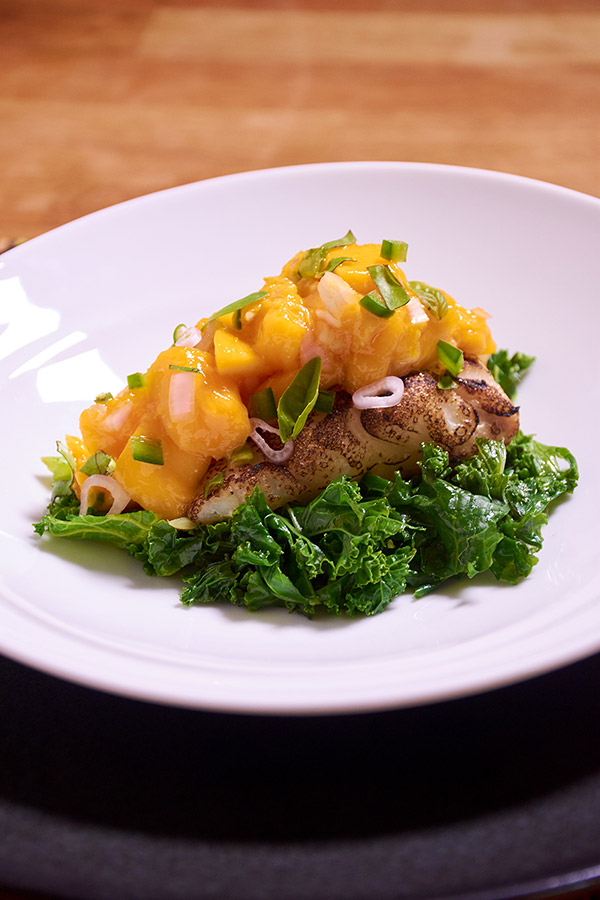
When I first got my circulator I made a ton of steaks, pork chops, ribs, and brisket and loved them all...nothing beats fatty brisket, finished in the smoker and served with French fries and macaroni and cheese!
However, more and more I've been trying to eat lighter meals that don't weigh me down as much. I'll still have a heavy comfort food meal on the weekend, but I don't need it every day!
It was a big challenge trying to balance using whole foods, less starch, and less meat while still keeping the flavor levels high and that is what eventually led me to write this book.
I still eat a ton of beef and pork, but I tend to use smaller portions and serve it with flavorful homemade sauces, instead of sugary bottled sauces. I also have been cooking more vegetables and whole grains, learning how they can combine to maximize flavors.
Healthy Sous Vide shares many of my favorite recipes that I've developed over the years so you can eat nutritious meals that still taste amazing.
I cover all the main meals of the day, with chapters on Morning Foods, Soups and Salads, Grain Bowls, Main Dish Meats, Main Dish Fish, Sides and Veggies, and even Infusions!
To be clear, this is not a "diet" book, and doesn't espouse any specific dietary guidelines. It is a book focused on using all-natural foods to create flavor-packed meals that will look and taste great.
If you have specific dietary needs, you can pick and choose the recipes that work for you, or use my recipes to find inspiration to create recipes of your own.
So if you are looking for hearty, flavorful meals that won't make you feel bloated afterwards, come on inside and let's start making some amazing food together!
Sous Vide Overview
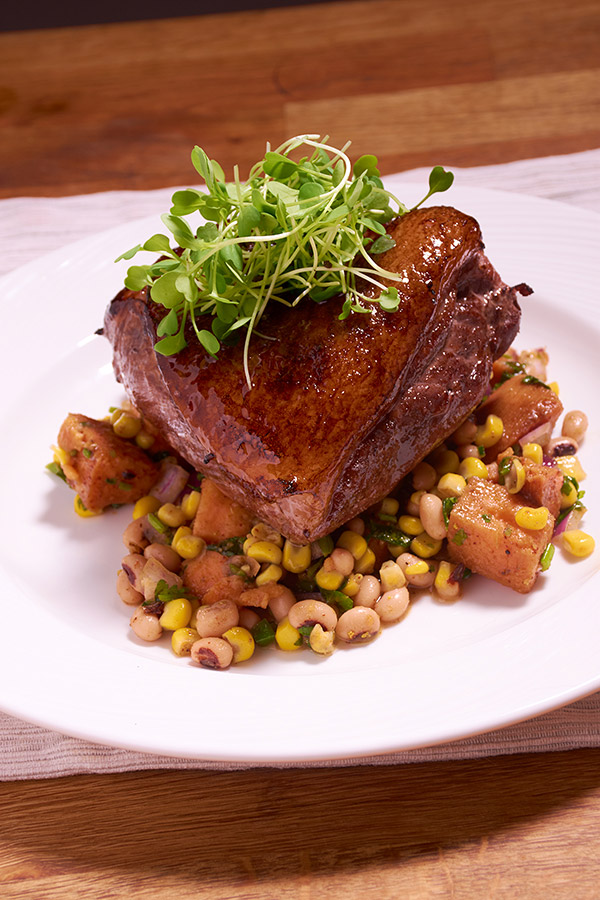
Sous vide can be intimidating when people approach it for the first time, but once you understand a few key concepts you realize how easy it is to use. Whether you are looking to make convenient everyday meals that taste great, or you want to up your "gourmet" game and really impress your friends and family, sous vide is an amazing tool to have in your cooking toolbox.
Just Getting Started?
Trying to decide how much information about sous vide is always a tough decision for me. I don't want to leave new people out in the cold and confused about how sous vide works, but I also don't want to just fill up space that experienced sous viders will skip over.
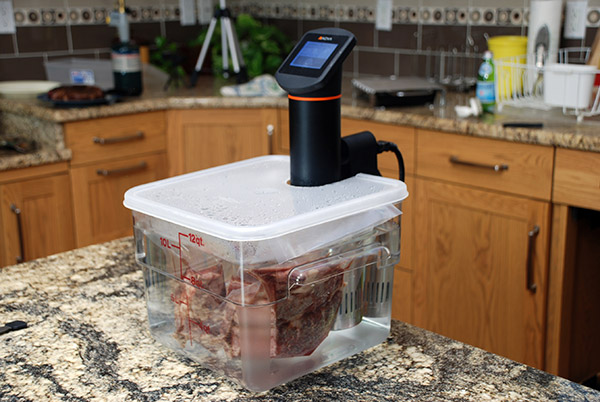
As a compromise, this book offers a brief overview of how sous vide works and then provides links to my free online articles that look at these topics in much more detail. That way the novice sous vide cook can get up to speed while the experts can jump right to the recipes. So keep an eye out for the bolded "Note:" blocks that will have links to more information.
And if you are really unsure about how sous vide works, I recommend my free email course which will step you through the entire process from start to finish at AFMEasy.com/HExplore.
Sous Vide Steps
When sous viding food, it almost always follows the same process.
The first step is to trim and season your food, just like you normally do in traditional cooking. Many of the same seasonings can be used, including spice rubs and most herbs. I usually salt my food before sous viding it, though many people omit it for longer cooks. The only big difference is that aromatics like raw garlic and onion are usually not used in sous vide because they will not break down with the lower temperatures used in sous vide.
The second step is to determine the time and temperature at which you want to cook your food. If you are following a recipe this information should be provided. If you are cooking something without a recipe, you can use the charts in the back of the book to figure it out for other foods.
The third step is to enclose your food to protect it during the sous vide process. This is usually done by sealing it in plastic sous vide bags but some recipes use Mason jars or other vessels. Most of the sealing is done using a vacuum sealer or Ziploc Brand Freezer Bags.
Then you place the bags in a water bath that is held to the specific temperature you decided on and let it cook for a set amount of time.
Finally, once it is cooked, you remove the food from the water bath and the bag, then finish it off by searing.
Once you've gone through the process a handful of times it'll become second nature to you!
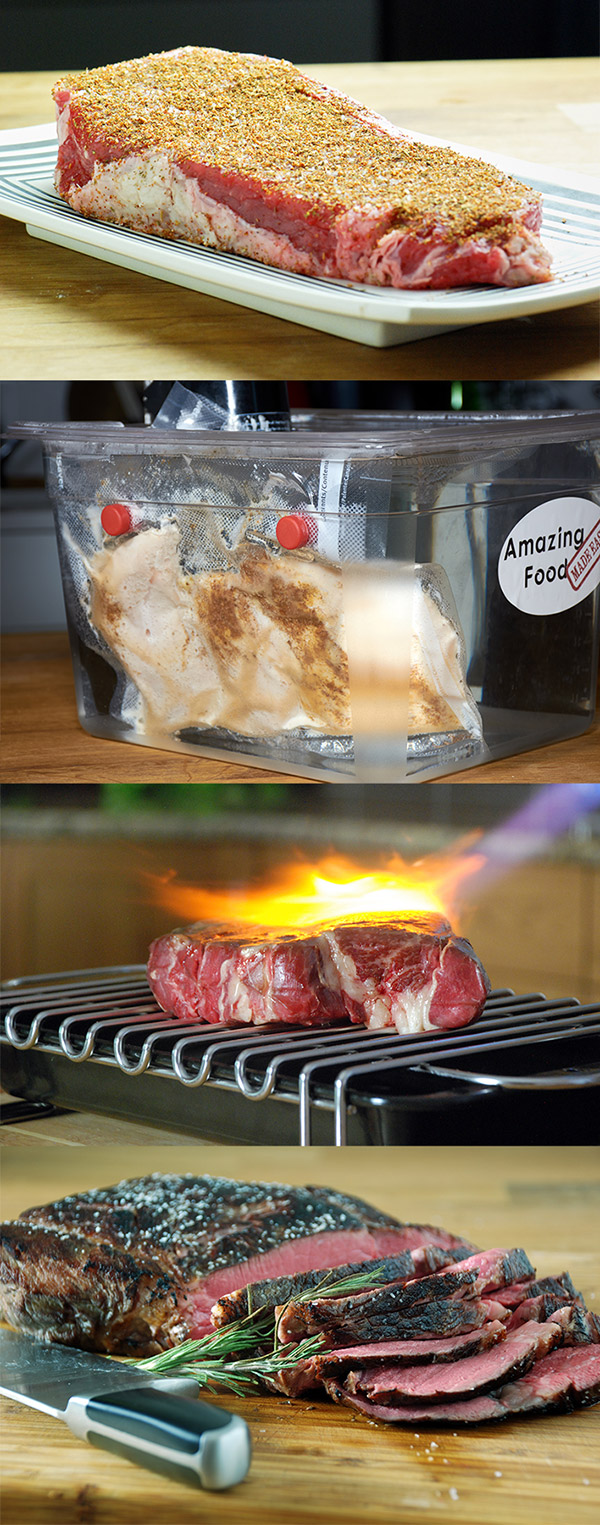
Sous Vide Safety
Before moving into other areas of the sous vide process, I want to talk about sous vide safety. The main areas we will look at are the Danger Zone, Temperature Vs Time, and Plastic Safety.
I do think it's important to point out that sous vide is no more or less safe than other methods of cooking. There's a lot of talk about the safety of sous vide, but it's just as easy to make yourself sick by under-cooking a chicken in the oven or not pasteurizing grilled pork. So don't be intimidated, once you know a few rules of thumb you will be all set. And what you learn for sous vide is also applicable to all of your cooking.
Danger Zone
If there is one takeaway about food safety, it is understanding the danger zone.
The bacteria we are trying to remove during cooking thrive from around 40F (4.4C) to 126F (52.2C). They stop growing, but don't start dying quickly, until around 130F (54.4C). That range between 40F (4.4C) and 126F (52.2C) is known as the "danger zone" (cue Top Gun music) and it's often referred to in food safety circles.
Note that sometimes the danger zone is even considered to be up to 140F (60C) but that is based on building in a margin of error for restaurants, not the actual growth and death of the pathogens.
The longer food is held in the danger zone, the more likely you are to get sick from it. Most government agencies suggest that anything less than 4 hours is safe. Above that, it depends on what your tolerance for risk is, and whether or not you are serving it to people with immunodeficiencies.
Temperature Vs Time
One of the things that is most confusing to people about sous vide cooking is why it is suddenly ok to cook chicken or pork at 140F (60C) when traditionally it has to be cooked to a much higher temperature.
The answer is we have always been taught that temperature is what makes food safe, but this is only half of the equation. What makes food safe is actually a combination of the temperature it is heated to, and the length of time it is held at that temperature. That time and temperature combines to pasteurize the food, making it safe to eat.
A piece of chicken heated to 140F (60C) and hold there for 30 minutes is actually just as safe as one heated to 165F (73.8C) for 1 second. The reason the government suggests such a high temperature is that the pathogens are killed instantly at that temperature, but the same levels of pasteurization occur at much lower temperatures over longer periods of time. Using sous vide allows you to take advantage of this, since food cooked to lower temperatures results in much moister food.


